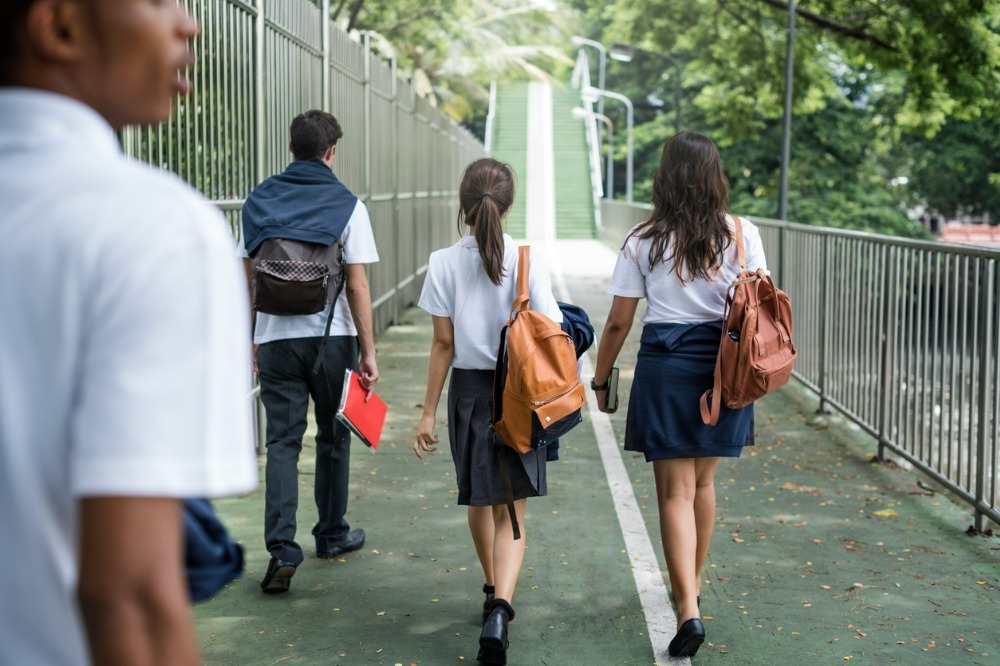
The peak body for private schools in NSW has slammed claims that the sector is receiving four times the funding of public schools, saying all public schools should – and can – be fully funded without impugning other school sectors.
The statement, by the Association of Independent Schools of NSW Chief Executive, Margery Evans, follows a new “confidential, number-crunching analysis” of NSW Department of Education data showing private school receive about $24.9m in Federal Government funding each, while public schools are sitting at $6.5m each.
“The SRS funding model will always give NSW government schools more total government funding per student than non-government schools because only non-government schools have their funding reduced according to parents’ income; this reduction does not happen for government schools,” Evans said.
“There is no need to misrepresent the true funding situation with absurd claims that ‘private schools get four times the funding of public schools’ as one media outlet has reported. There are 460,000 students in NSW Independent and Catholic schools; their parents, teachers and principals are angry that their schools are being targeted and misrepresented in this way.”
Evans pointed to recent data from the Productivity Commission showing NSW government schools received $9,500 per student more in total government funding on average than the state’s non-government schools.
“Non-government schools, particularly Independent schools, are being unfairly maligned in the NSW Government’s battle to extract more funding from the Australian Government,” Evans said.
ISA Chief Executive Officer, Graham Catt, said educators and families were “profoundly disappointed” at recent media coverage, featuring a state government and the Australian Education Union misrepresentation of school funding arrangements.
“Those parents make a huge contribution to the cost of their child’s education, and to the education system as a whole,” Catt said. “Independent schools rely on parents for funding, with more than half of Independent schools’ recurrent income coming from private sources, although the proportions vary between schools.”
Catt said All stakeholders have an obligation to help teachers, parents, and the public understand how the Australian education system is funded.
In May, AISNSW released an ‘entry level’ video explaining how Australia’s governments calculate funding for all students in all sectors.
“At AISNSW, we want an informed debate about student funding based on facts, not emotion,” Evans said, adding this is especially important as the Federal Government negotiates a new funding agreement with state and territory governments – known as the National Schools Reform Agreement – that will fund or partially fund all not-for-profit schools.
“The video explains how each student attracts some level of government funding, based on their needs and their sector,” she said. “It also explains why government schools will always attract more government funding per student than non- government schools.”
‘Private school lobby must look at bigger picture’
NSW Teachers Federation President, Henry Rajendra, said “the bald and uncomfortable truth” is that the state’s public schools “are significantly underfunded” and currently receive only 89% of the resources agreed to under the Gonski agreement struck more than ten years ago.
“By contrast, there are no private schools that fall short of the resourcing standard. It’s hard to understand what the private school lobby is complaining about. Are they not content with Scottish castles or cricket pitches that rival the SCG?” Rajendra told The Educator.
“There is no greater investment in the nation’s collective prosperity than public schools, which do the lion’s share of preparing the next generation to contribute to society and take their place in the workforce. The private school lobby really ought to look at the bigger picture.”
